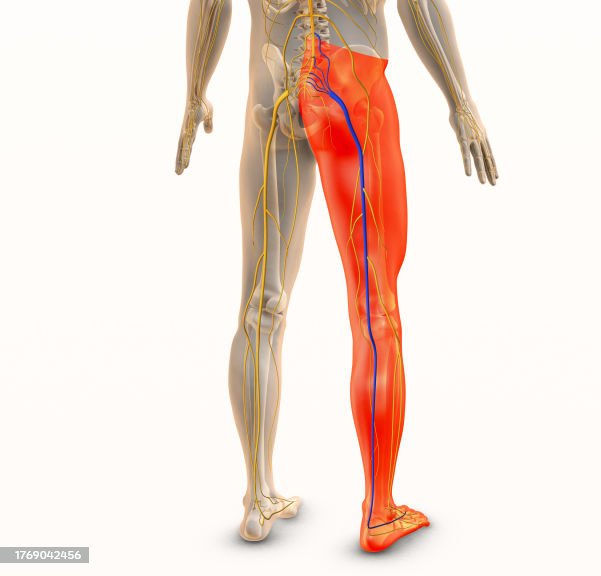Reciprocal inhibition of forces is closely related to the concept of reciprocal inhibition reflex
- Vincent B.champagne
- Nov 9, 2023
- 1 min read
The reciprocal inhibition reflex is a natural neurological response that occurs when agonist muscles (muscles that perform a movement) are activated, while antagonist muscles (muscles that oppose movement) are inhibited to allow movement coordinated. This reflex ensures that muscles that are not needed for a particular movement do not oppose the action of the active muscles. In manual therapy, practitioners use knowledge of this reflex to help relax muscles that are in excessive contraction. For example, if a patient has muscle tightness in the hip flexor muscles, the therapist can activate the hip extensor muscles to inhibit excessive contraction of the flexors. This can be done through massage techniques, pressure, stretching, or other methods. Reciprocal inhibition of forces is a key element of many manual therapy approaches, including osteopathy, chiropractic and physiotherapy. It aims to restore muscle balance and improve joint function by allowing muscles to relax and work more harmoniously. You will relief your self from back pain, neck pain, shoulder pain and others...

It is important to note that the use of reciprocal force inhibition in manual therapy requires a thorough understanding of anatomy, physiology and neurology, as well as adequate professional training to ensure appropriate and safe care. .
The specific techniques used vary depending on the practitioner and the patient's condition. Therefore, if you are seeking manual therapy care, it



Comments